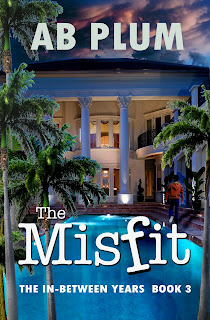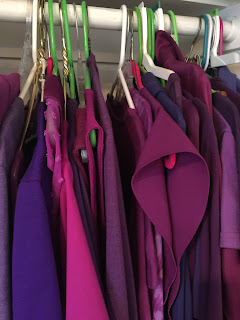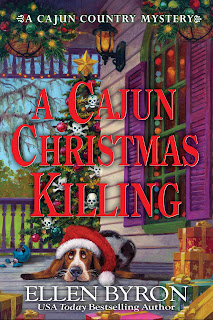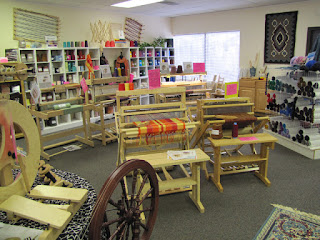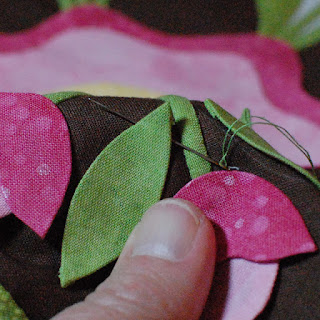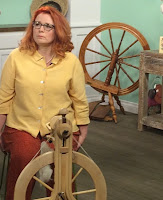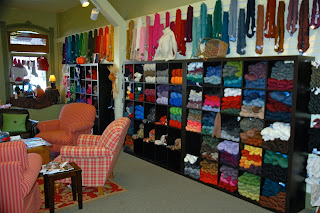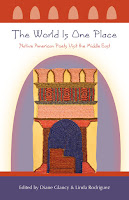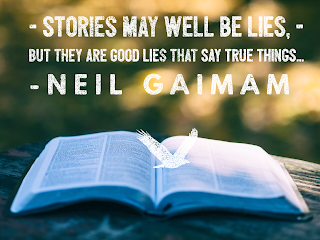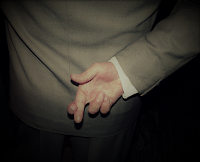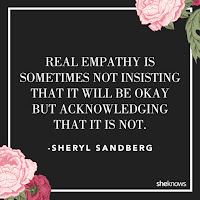Absolutely
by Bethany Maines
Absolute number 1: artists must sell. So toward that end, please consider purchasing my latest book! It’s a five-star, “highly-satisfying, high-speed thriller” that readers are calling “hard to put down.”
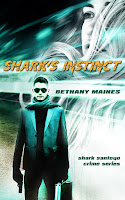
Shark’s
Instinct: Fresh out of
prison and fresh out of luck, twenty-something Shark wants back into The
Organization. But when Geier, the mob boss with a cruel sense of humor, sends
Shark to the suburbs to find out who’s been skimming his take, Shark realizes
he’s going to need more than his gun and an attitude to succeed. With the clock
ticking, Shark accepts the help of the mysterious teenage fixer, Peregrine
Hays, and embarks on a scheme that could line his pockets, land him the girl
and cement his reputation with the gang—if he makes it out alive.
$2.99 on sale today! BUY NOW!
Absolute number 2: Nothing is absolute and artists spend a lot of time thinking about that.
In our current climate of politics, disasters, and protest, I’ve been listening to what a lot of artists are feeling. And by artists I mean everyone from fellow writers and graphic designers, to fine artists and poets. I know from the outside that most people think of the creative set as a homogeneous mass of weirdos. Which, weird, I’ll grant you, but homogeneous is not, in any way, accurate.
Like any family there are fractured in-fights, cultural differences between the “cousins” of fine art and design (or poets and novelists), there are fights over pecking order and definitions and what it all really means. But most artists when pressed will say that although they have their preferences, their set rules that they use, that most of the time, there is no absolute. Don’t ever pair two serif fonts, don’t ever write a novel in the first person, don’t use Papyrus for a logo (ever, no seriously)… Unless it works, in which case, you should absolutely do that. Absolutes in art and artists are few and far behind.
Which is why I think our current political climate is striking artists particularly hard. It’s as though we’ve all been toddling along enjoying the gray areas and we’ve run smack into the thirty percent of our population that only believes in black and white. Not that they live in black and white (because no one can). But they only believe in black and white and they want everyone else to bow before the almighty absolute and give them the peace of mind of being right. Arguing with someone who refuses to see the gray is pointless. Showing art full of color to someone who doesn’t see the subtle shades of the rainbow only makes them turn away. Many of the artist’s I listen to feel despair. They feel like their art has become frivolous when they see the colors being eradicated around them, but they can’t seem to make the leap to protest art. Nine months into a presidency that does not see the value in anyone who isn’t male, straight, or white, I would like to say that all art is protest art. To create joy, beauty, and harmony, to paint with many colors instead of the ones that have been chosen for us is protest art. I encourage my artist friends to follow their passion, take action, make art, refuse to go away or step back. Use every damn crayon in the box.
Selfishness is not living as one wishes to live, it is asking others to live as one wishes to live. —Oscar Wilde
Art is the most intense mode of individualism that the world has known. —Oscar Wilde
Beauty is the only thing that time cannot harm. Philosophies fall away like sand, creeds follow one another, but what is beautiful is a joy for all seasons, a possession for all eternity. —Oscar Wilde
Maines is the author of the Carrie
Mae Mysteries, the Shark Santoyo
Crime Series, Wild Waters, Tales from
the City of Destiny and An Unseen
Current. You can also view the Carrie Mae YouTube video
or catch up with her on Twitter and Facebook.


